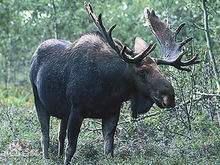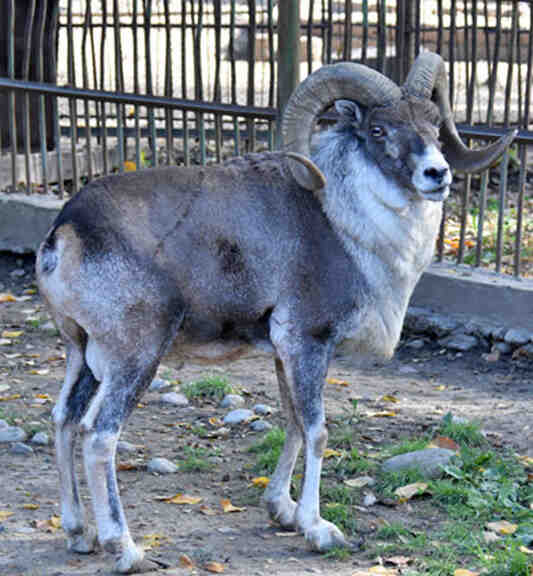
Ovis collium
Ovis collium,Kasachstan Argali,Ovis ammon collium
Kazakh Argali, also known as Kasachstan Argali, was once a species of Argali···
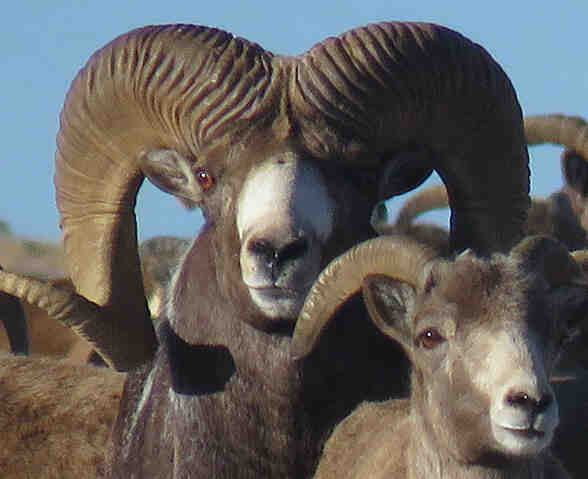
Ovis ammon ammon
Ovis ammon ammon,Altai Argali wild sheep,Altai Argali,Argali sheep, Altai argali, Siberian argali, Altai sheep
Altai Argali wild sheep is a typical mountain animal.The 2011 "Handbook···
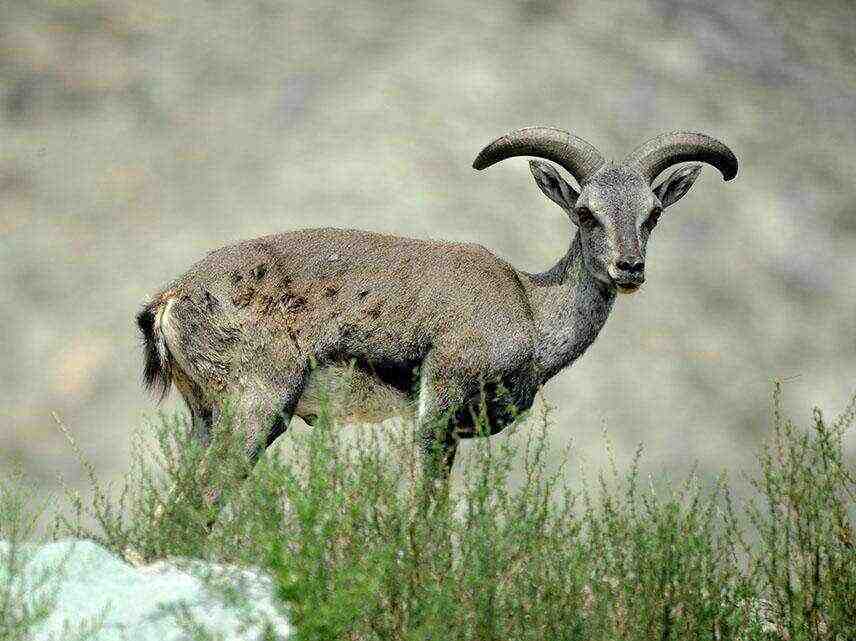
Pseudois nayaur
Pseudois nayaur,Yayang, Banyang, Shiyang, Qingyang, Mountain Sheep, Argali, Lanyang, Qianna, Nawa, Gongna
Blue Sheep, also known as Blue Sheep in English, has two subspecies. Its sha···
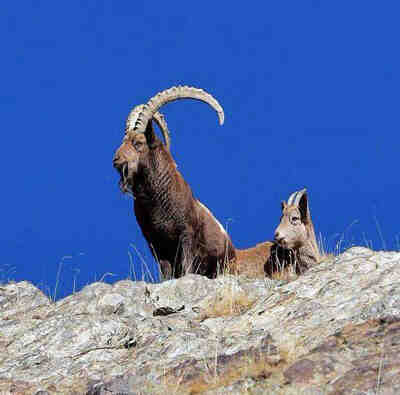
Capra sibirica
Capra sibirica,Siberian Ibex,Íbice asiático,Asiatischer Steinbock, Sibirischer Steinbock,Yangir Yamaa,Siberian ibex, Asian antelope, red sheep, hanging sheep, Himalayan goat, Asiatic wild goat
The Siberian Ibex, with four subspecies, is a typical wild goat.Siberian Ibe···
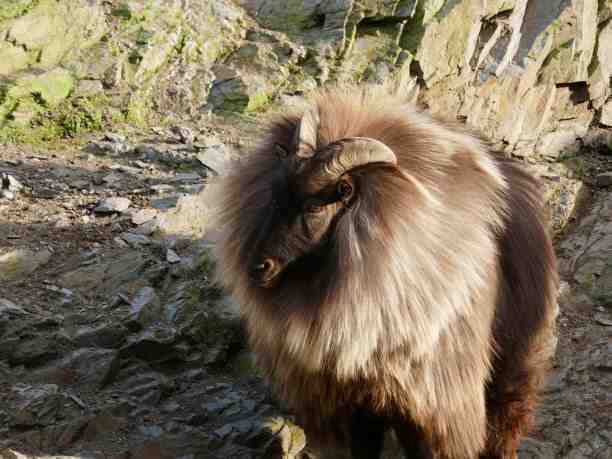
Hemitragus jemlahicus
Hemitragus jemlahicus,Himalayan Tahr,Long-wool sheep, Tahr sheep
The Himalayan Tahr sheep has three subspecies. In the first half of 1974, Ca···
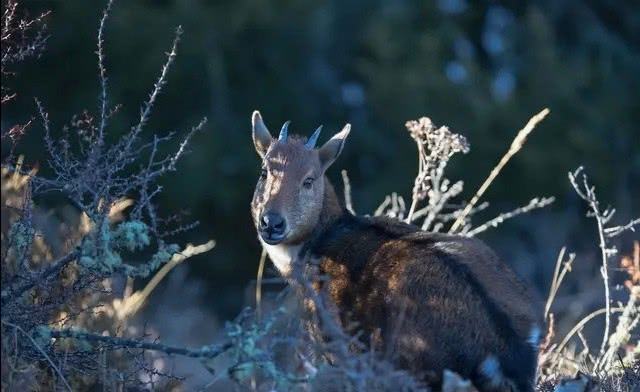
Naemorhedus griseus
Naemorhedus griseus,Chinese Goral、Long-tailed goral,South China goral, gray goral, North China goral, Siberian goral, Sichuan goral
Chinese Goral, also known as Chinese Goral in English, has two subspecies an···
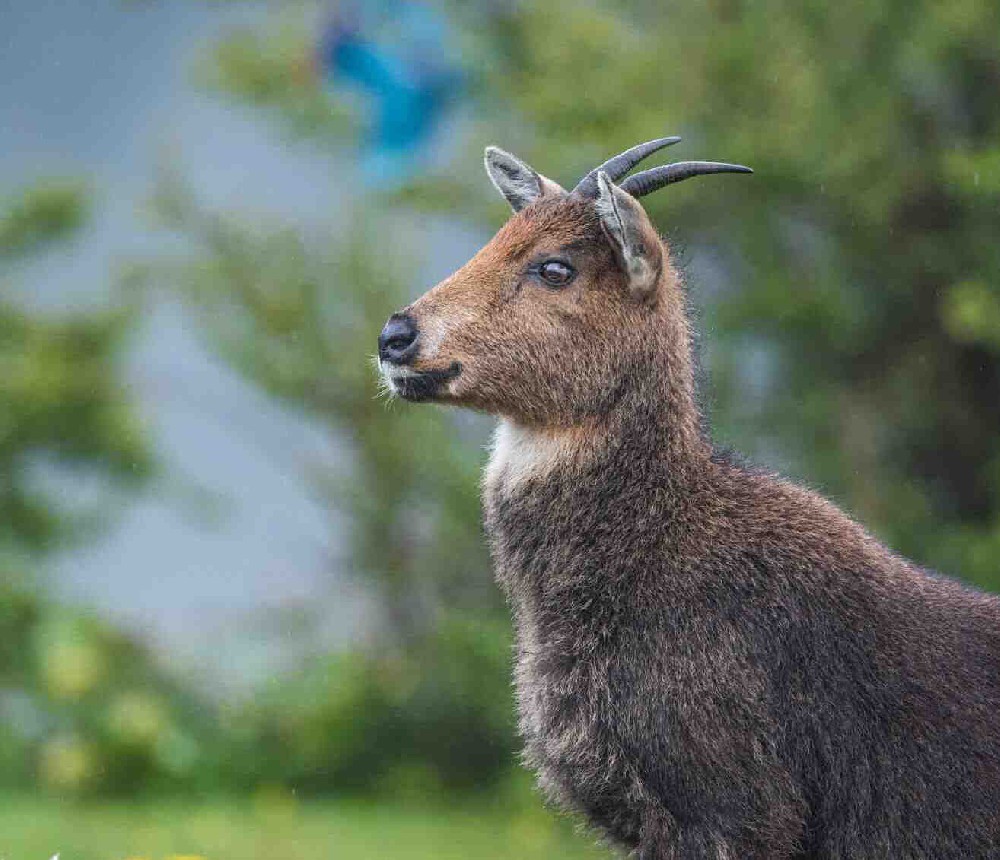
Grey Goral
Grey Goral,Himalayan Goral
Grey Goral, also known as the Himalayan Goral, has two subspecies and is a t···
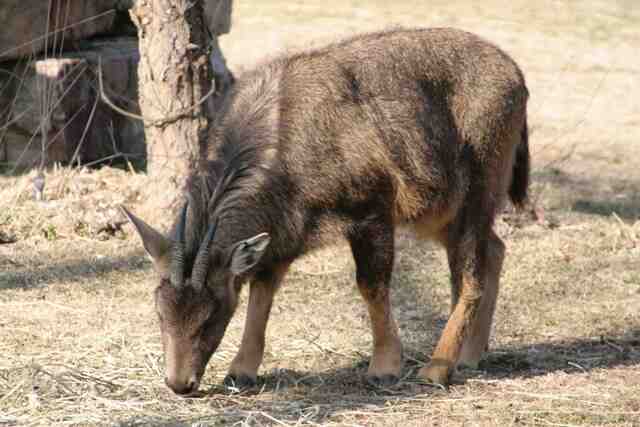
Naemorhedus caudatus
Naemorhedus caudatus,Long-Tailed Goral,Naemorhedus caudatus caudatusMilne-Edwards,North China Mountain Antelope
Long-Tailed Goral, no subspecies.Long-Tailed Gorals spend most of the year i···
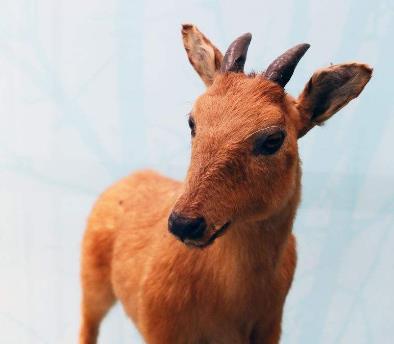
Naemorhedus baileyi
Naemorhedus baileyi,Red goral,Naemorhedus cranbrooki,Red goat, red goat, red sheep
Red Goral has two subspecies and is a typical forest-dwelling animal.Red Gor···
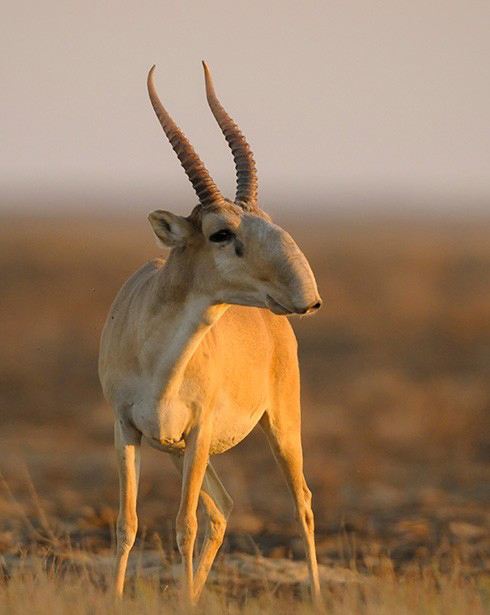
Saiga tatarica
Saiga tatarica,Saiga,Saiga, long-nosed antelope
The Saiga antelope has two subspecies. It is named "Saiga" because···
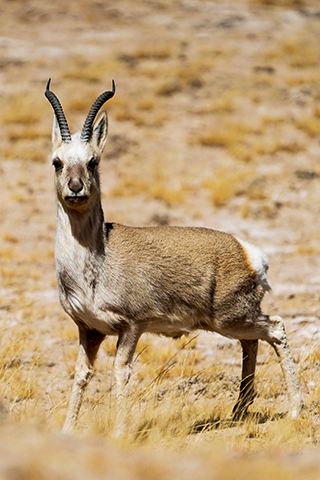
Procapra picticaudata
Procapra picticaudata,Tibetan Gazelle, Goa,Gazelle Du Tibet,Gecela Del Tibet,Tibetische Gazelle,Tibetan gazelle, gazelle, Tibetan gazelle
Tibetan Gazelle, also known as Tibetan Gazelle in English, has no subspecies···
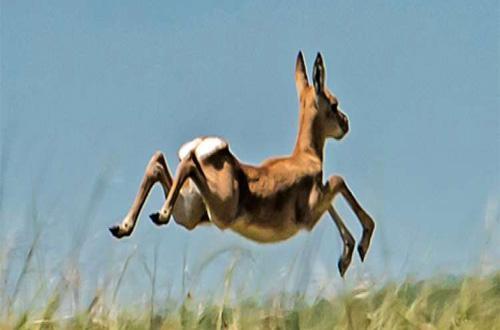
Procapra gutturosa
Procapra gutturosa,Mongolian Gazelle, Dzeren, Gazelle de la Mongolie,Gacela de Mongolia,Mongoleigazelle,Tsagaan dzeer,Mongolian gazelle, Mongolian gazelle, Mongolian gazelle
Mongolian Gazelle is called Mongolian Gazelle in foreign language. It has no···
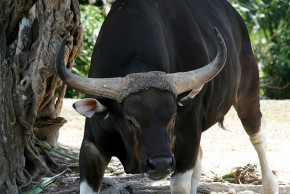
Bos javanicus
Bos javanicus,Banteng,Bali cattle, white-rumped wild cattle
Javan buffalo is called Banteng in foreign language, and there are two subsp···
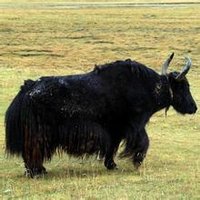
Bos mutus
Bos mutus, Pig sound cattle, Jiyake (Tibetan name transliterated as Yagui)
Wild yaks are called wild yak in foreign language. They are the wild counter···
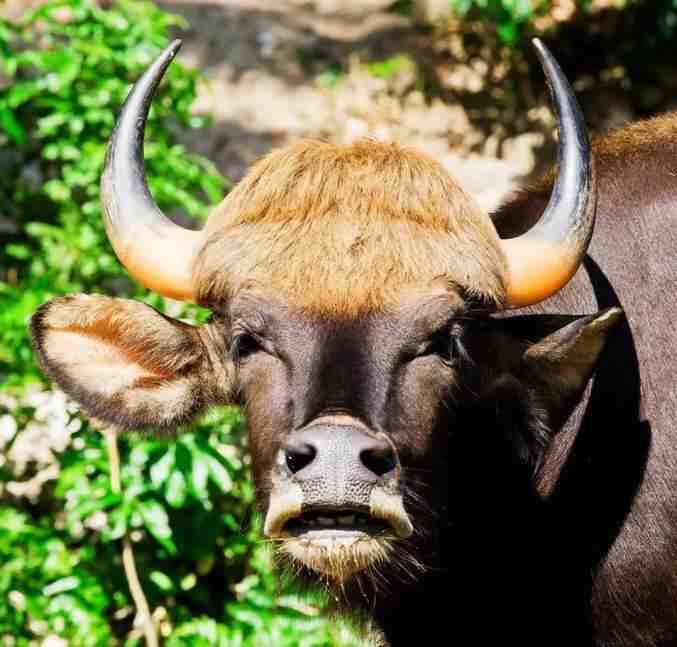
Bos gaurus
Bos gaurus,White-limbed bison, wild yellow cattle, white socks, Asian bison, bison, big-headed cattle
The Gaur is called Gaur in foreign language. There are two subspecies. The h···
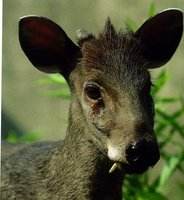
Elaphodus cephalophus
Elaphodus cephalophus,Green deer, black deer
The Latin name of the tufted deer is Elaphodus cephalophus, which has three ···
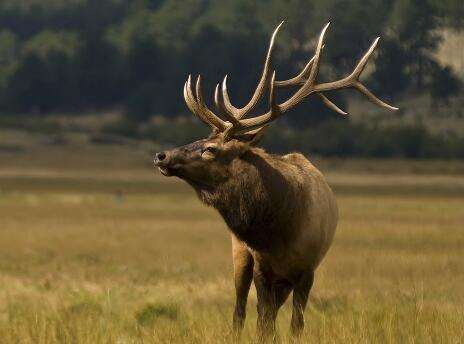
Elaphurus davidianus
Elaphurus davidianus,Père David's Deer, Pere David's Deer,Elaphurus davidiensis,Four-in-one, zhǔ (ancient name), Father David's deer
Milu [mí lù], also known as Pere David's Deer in foreign languages, is···
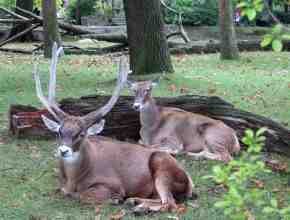
Przewalskium albirostris
Przewalskium albirostris, White-lipped Deer, Thorold's Deer, Weißlippenhirsch,Przewalskium albirostris,Rock deer, white-nosed deer, yellow deer, Hama (Tibetan)
White-lipped Deer is a species endemic to the Qinghai-Tibet Plateau, with no···
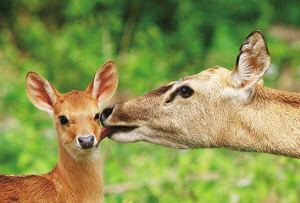
Rucervus eldii
Rucervus eldii,Panolia eldii (M'Clelland,Brow-branched deer, brow-horned deer, marsh deer
Eld's deer, whose Latin name is Cervus eldii, is a medium-sized deer wit···
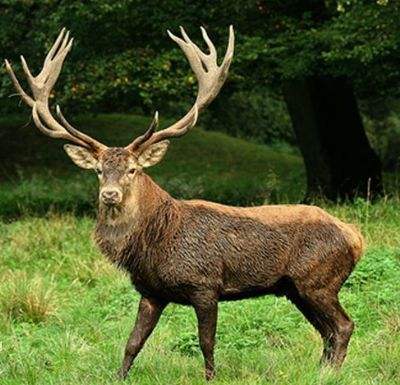
Bactrian Deer
Bactrian Deer,Cervus elaphus yarkandensis,Cervus affinis yarkandensis,Cervus yarkandensis,Tarim subspecies of red deer, Tahe red deer, southern Xinjiang red deer, southern Xinjiang small white deer, Y
Tarim Red Deer, also known as Bactrian Deer, is of medium size and short bod···

